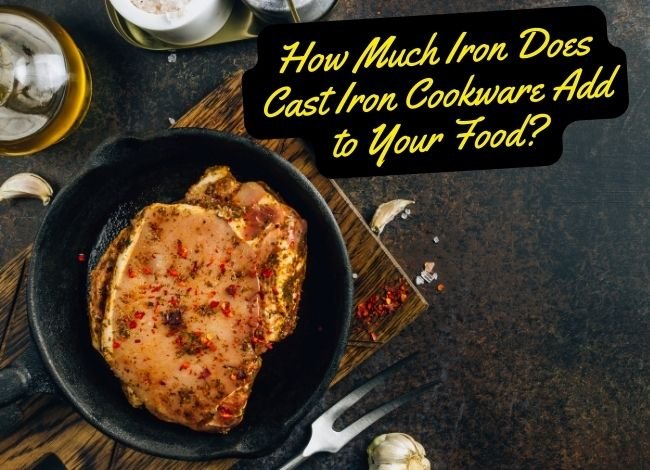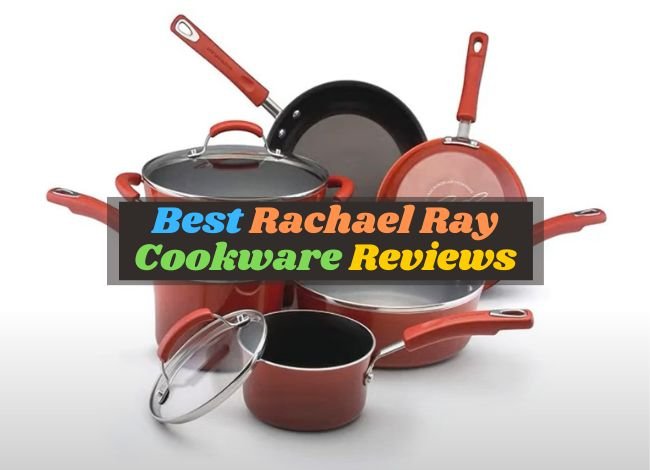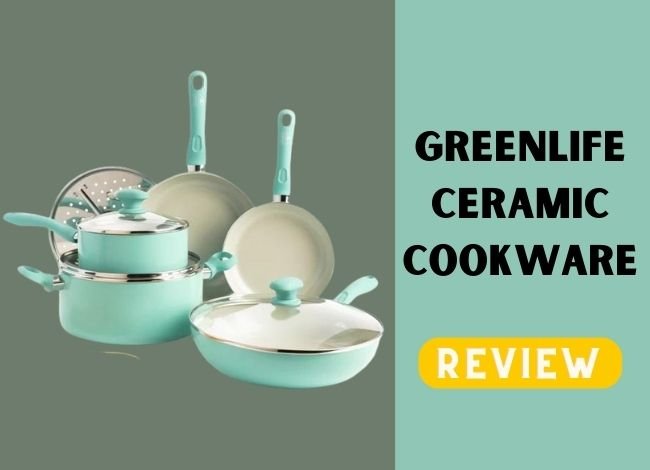Last Updated on February 7, 2024
Cast iron cookware, with its rich history and reputation for even heating and durability, has grown in popularity among professional chefs and home cooks. Beyond its cooking benefits, cast iron is often lauded for its potential health advantage: the ability to add iron to your diet. Iron is a crucial mineral that our bodies need to produce red blood cells, and it plays a vital role in energy metabolism and immune function.
Iron deficiency is the most common nutritional deficiency worldwide, so cooking with cast iron appears as an appealing solution to boost dietary iron intake. But how much iron does cast iron cookware actually transfer to your food? And is this source of iron considered healthy? This post delves into the science behind cooking with cast iron and its implications for your iron intake.
How Much Iron Do You Get Cooking with Cast Iron?
Cooking with cast iron cookware is an intriguing method to increase your dietary intake of iron. The amount of iron transferred from the cookware to the food can vary significantly based on several factors, including the acidity of the food, cooking duration, and the age of the cookware. Acidic foods, such as tomato sauce, can absorb more iron due to the acidity breaking down the pan’s surface, releasing iron ions into the food. Studies have shown that cooking in a cast iron pan can increase the iron content by as much as five times, especially for foods cooked for more extended periods.
However, the actual amount of iron added to the food can range from a mere 0.6 milligrams to an impressive 5 milligrams per serving. This variation suggests that while cast iron cookware can be a supplemental iron source, it may not consistently provide a significant iron boost for everyone. Understanding the factors influencing iron transfer during cooking is crucial for individuals looking to maximize their dietary iron intake through cast iron cooking.
Is Getting Iron from Cast Iron Cookware Healthy?
Incorporating iron into your diet through cast iron cookware is generally considered healthy, particularly for individuals at risk of iron deficiency, such as premenopausal women, children, and vegetarians. The iron released from cast iron pans is a type of non-heme iron, which, while not as readily absorbed as the heme iron found in animal products, is still beneficial, especially when consumed with foods high in vitamin C that can enhance its absorption. However, it’s important to note that too much iron can lead to health complications, including iron overload disorders for people with conditions like hemochromatosis, where iron accumulates in the body.
Therefore, while cooking with cast iron can be a healthful practice for adding supplemental iron to the diet, it should not be the sole strategy for managing iron intake. Balancing cast iron cooking with other sources of dietary iron and considering individual nutritional needs and health conditions is essential for ensuring that the iron consumed is within healthy limits.
Overall, the addition of iron to the diet through cast iron cookware can be a healthy practice when approached with awareness and moderation.
How Much Iron Does Cast Iron Cookware Add to Your Food?
Cast iron cookware has been a kitchen staple for centuries, known for its durability and excellent heat retention. A unique benefit of cooking with cast iron is its ability to add iron to your food, an essential mineral many people lack. The amount of iron transferred from the cookware to the food varies based on several factors, including the acidity of the food, cooking duration, and the age of the cookware.
Acidic foods like tomatoes and vinegar-based sauces tend to leach more iron out of the pan, as the acid breaks down the iron at the surface, allowing it to mix with the food. Studies suggest that cooking in cast iron can increase the iron content of your meal by as much as 16 times compared to cooking in non-iron cookware.
However, the actual increase in dietary iron depends on the specific food and cooking method. It’s an appealing way to boost iron intake, especially for individuals with iron deficiency or those seeking to increase their dietary iron without supplements.
Which Foods Are Best to Cook in Cast Iron?
Certain foods are particularly well-suited to cast iron cooking. They benefit from the even heat distribution and enhance the dish’s iron content. Foods high in moisture and acidity, such as tomato-based sauces, chili, and stew, are excellent for cooking in cast iron because they absorb more iron from the pan.
Moreover, meats, especially red meats, cook beautifully in cast iron, developing a rich, caramelized crust that’s hard to achieve with other types of cookware. Vegetables also roast nicely in cast iron, acquiring a deliciously charred exterior. However, it’s worth noting that while cast iron is versatile, it’s not ideal for all cooking methods.
For instance, cooking delicate fish or eggs might require a well-seasoned pan or a non-stick alternative to prevent sticking. Regardless, cast iron is a superior choice for searing, baking, and roasting, offering nutritional benefits and culinary excellence.
Bottom Line: It Can Be Safe for Some People to Up Their Iron Intake Cooking with Cast Iron
For many individuals, especially those with iron deficiency, cooking with cast iron is a safe and effective way to increase their dietary iron. This method of iron supplementation is particularly beneficial for vegetarians, pregnant women, and people with anemia who may need higher iron levels. However, it’s essential to consider that not everyone requires extra iron. For instance, individuals with conditions like hemochromatosis, where the body stores excessive amounts of iron, should be cautious.
Excessive iron accumulation can lead to serious health problems, including liver damage and heart disease. Therefore, while cast iron cookware can be a valuable tool for enhancing dietary iron, it’s essential to be aware of your individual iron needs and consult with a healthcare provider if you have any concerns about iron overload.
FAQS
Q: How much iron does cooking with cast iron add to food?
A: The amount varies significantly depending on the food’s acidity, cooking time, and the pan’s age. Acidic foods cooked in cast iron can increase their iron content by up to 16 times compared to those cooked in non-iron cookware.
Q: Can cooking with cast iron replace iron supplements?
A: Cooking with cast iron can be an effective way to increase iron intake for some people, especially those with mild iron deficiency. However, it should not replace supplements without a healthcare provider’s advice.
Q: Are there any risks associated with cooking in cast iron?
A: Cooking with cast iron is safe for most people. However, individuals with conditions that lead to iron overload, such as hemochromatosis, should limit their use of cast iron cookware.
Q: How do I maintain my cast iron cookware to ensure it adds iron to my food?
A: Keep your cast iron cookware well-seasoned by regularly oiling and heating it to maintain its non-stick surface and prevent rust, which can help maximize iron transfer to food.
Q: Can all foods be cooked in cast iron?
A: Cast iron is versatile but not ideal for all foods. Acidic foods can strip the seasoning, and delicate foods like eggs may stick unless the pan is well-seasoned. However, it’s excellent for searing meats, roasting vegetables, and cooking acidic sauces that enhance iron intake.




